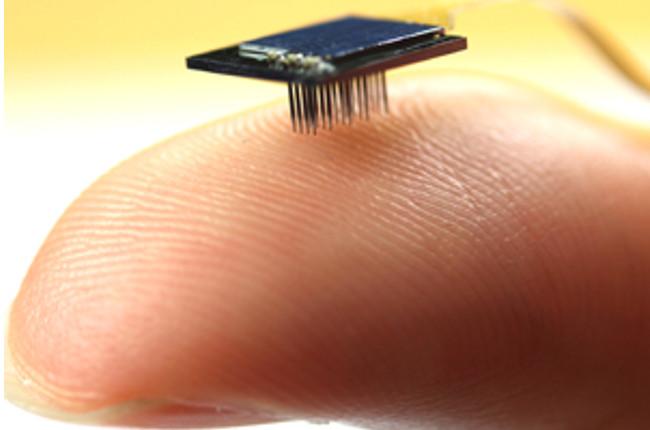
Brain implants sound strange, like something out of sci-fi, but they’re closer than you think. Researchers at the A*Star Institute of Microelectronics in Singapore have developed a neural probe array small enough that it can sit inside someone’s brain on a long-term basis without damaging delicate tissue. The probe array is so compact that it can float along with a person’s brain inside their head. Their specialty: helping amputees and people with spinal cord injuries control artificial limbs.
The neural array forms a link between the brain and artificial limbs, allowing someone with an injury to walk or move again. As the technology advances, who knows what else they could allow us to do.
Despite the benefits, neural implants come with risks. The most common way of inserting probes into people’s brains is by drilling holes into the skull to serve as a pathway for electrodes. If things go wrong, patients can develop infections, or even bleed in the brain.
“A high-profile array may touch the skull and damage the tissue when relative micromotions occur between brain and the probes,“ researcher Ming-Yuan Cheng told Phys.org.
To solve this issue, Cheng and his team made the probe array as thin as possible, employing “innovative microassembly” techniques to limit the height of the array to within 750 micrometers, or about 75 percent of a single millimeter. The probe array is implanted in the brain’s subarachnoid space, 1-2.5 millimeter a cavity in the brain between the arachnoid mater and the pia mater of the meninges. These are layers of the membranes that surround and protect the brain and spinal cord. Basically, the implants sit right in the middle of our brain’s protective membranes.
Biocompatibility tests conducted with the neural probes have shown that it did not cause cell membranes to rupture nor suppressed cell growth, both of which would be bad. The team will make design tweaks to make the probes fully implantable.


